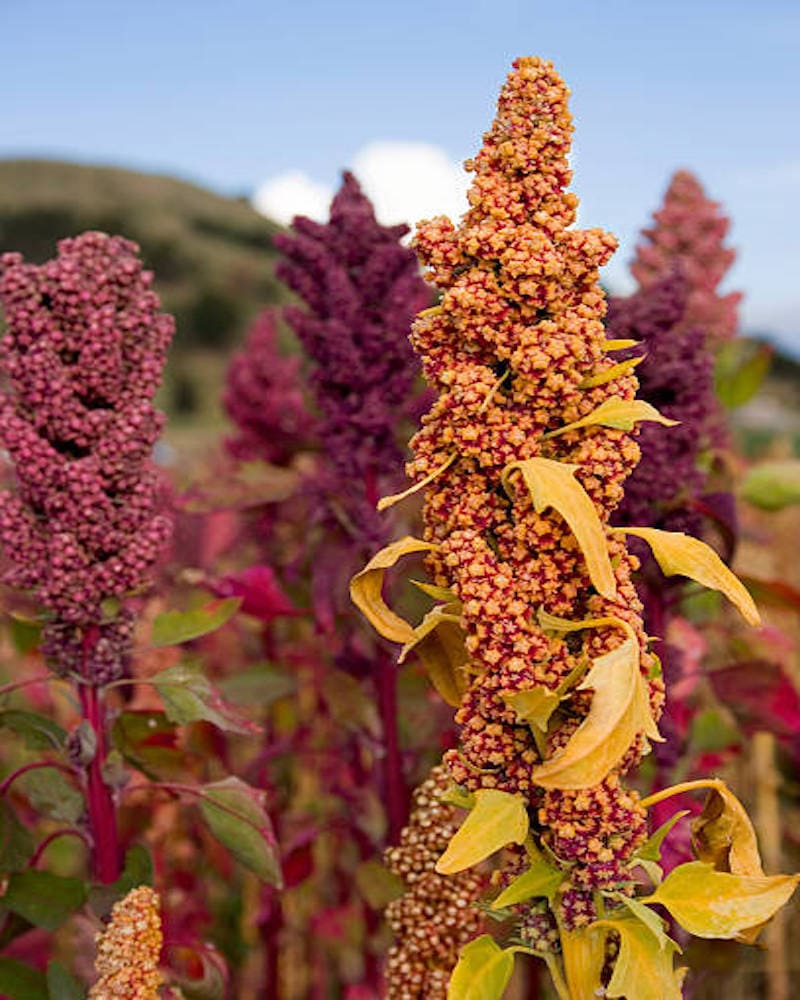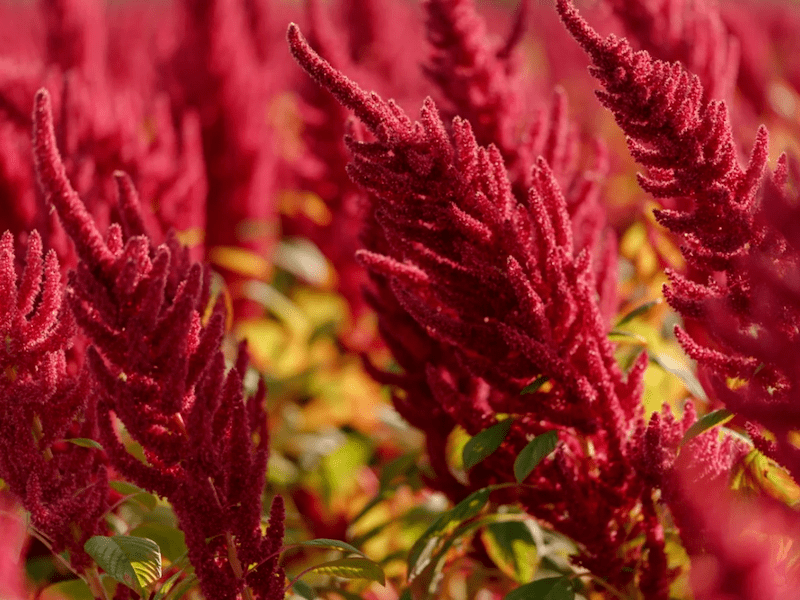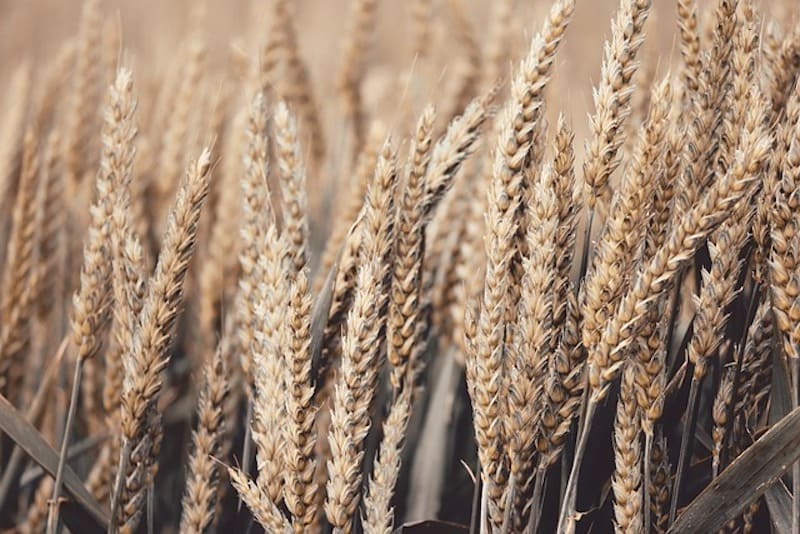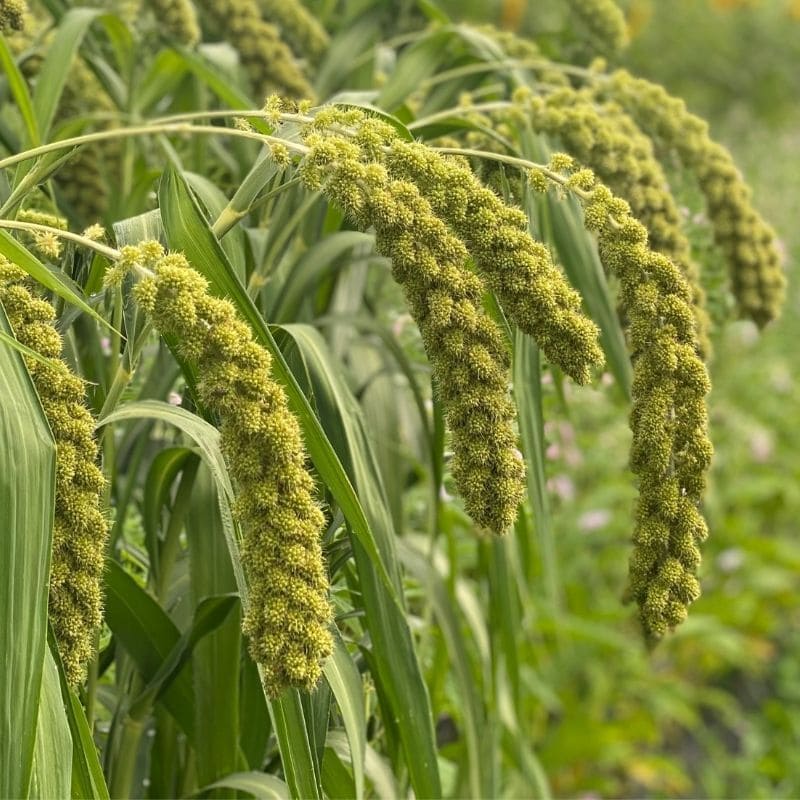
Ancient grains retain their original genetic structure, largely untouched over centuries. Typically grown in remote regions, they are minimally exposed to large-scale agriculture, preserving their genetic purity from modern breeding and hybridization processes. Unlike modern staples such as wheat, corn, and rice, ancient grains have not been subjected to genetic modifications designed to increase yield, pest resistance, or climate adaptability—changes that often diminish nutritional quality.
Known for their adaptability to harsh environmental conditions, ancient grains offer a superior nutritional profile compared to modern grains. Packed with proteins, fibers, vitamins, and minerals, they are consumed as whole grains with their germ, bran, and endosperm intact. Many ancient grains are naturally gluten-free, meeting the growing demand for specialty health foods. Despite their ancient origins, these grains have become staples in modern, health-conscious diets worldwide.
The term "ancient grains" was introduced in the 1990s as a marketing tool to distinguish traditional grains from modern, heavily processed varieties. These grains are labeled "ancient" because they have been cultivated in their original form for millennia, holding deep historical and cultural importance across diverse global regions.
Quinoa, pronounced 'keen-wah,' originates from the Andean region of South America, where it has been cultivated and consumed for over 5,000 years. Known as the "mother of all grains," quinoa has been a dietary staple in countries like Peru and Bolivia. Today, it enjoys global recognition as a “superfood” thanks to its exceptional nutritional value and versatility.

Quinoa is renowned for its exceptional amino acid profile. As a complete protein, it provides all nine essential amino acids that the human body cannot produce on its own. Particularly rich in lysine, quinoa plays a key role in tissue growth and repair. It also surpasses wheat and barley in dietary fiber content and serves as an excellent source of vitamins. Additionally, quinoa is packed with essential minerals like iron and magnesium, as well as antioxidants such as quercetin and kaempferol, which support overall health.
Amaranth, a vibrant and versatile plant native to the Americas, has been cultivated for more than 8,000 years. It held a significant place in the Aztec civilization's diet and cultural rituals. Today, amaranth is celebrated worldwide for its remarkable nutritional benefits and its versatility in a wide range of recipes.

Amaranth’s impressive nutritional profile stems from its high protein content, including lysine, a vital amino acid often absent in other grains. It is rich in essential micronutrients such as manganese, magnesium, phosphorus, and iron—nutrients frequently lost during the processing of modern grains. Additionally, amaranth is loaded with antioxidants, enhancing its health benefits. As a naturally gluten-free grain, it is an excellent choice for individuals with gluten intolerance. Packed with powerful compounds like gallic acid, p-hydroxybenzoic acid, and vanillic acid, amaranth protects the body against harmful free radicals. This combination of nutrients and antioxidants makes amaranth a standout among ancient grains.
Teff, though small in size, boasts immense nutritional value and culinary versatility. Native to Ethiopia and Eritrea, it is a resilient crop that thrives in diverse climates, including drought-prone regions, making it a reliable source of nutrition.
Teff’s remarkable nutritional profile includes protein, dietary fiber, iron, and calcium, making it a wholesome choice for health-conscious diets. Naturally gluten-free, it is particularly beneficial for those with gluten-related disorders. In Ethiopian cuisine, teff flour is used to create injera, a staple sourdough flatbread that holds deep cultural and dietary significance. Teff’s combination of resilience, nutrition, and tradition solidifies its status as one of the most revered ancient grains.

Farro is a term that encompasses three ancient hulled wheats: emmer, einkorn, and spelt. These grains have been cultivated for thousands of years in the Fertile Crescent, a region that includes parts of the modern-day Middle East and northeast Africa. Farro was a dietary cornerstone of the Roman Empire and remains a staple in Italian cuisine, where it is celebrated for its robust flavor and nutritional richness. Today, it has gained global popularity as a versatile and healthful ingredient.
All varieties of farro are rich in fiber, protein, and essential nutrients, making it a highly nutritious choice. Its high protein content rivals quinoa and surpasses many modern grains, while its fiber aids digestion and supports weight management. Though farro contains gluten, its structure and quality differ from that of modern wheat, making it easier to digest for some individuals. With its hearty taste, satisfying texture, and impressive nutritional profile, farro continues to exemplify the enduring value of ancient grains.

Millet, a term for several small-seeded grains, has been a vital staple in Africa and Asia for thousands of years. Renowned for its ability to thrive in drought-prone areas where other crops often fail, millet has been a reliable food source in water-scarce regions. Today, it is gaining global recognition for its impressive nutritional profile and naturally gluten-free nature, making it a popular choice for health-conscious diets.
Rich in magnesium and potassium, millet supports heart health and overall well-being. It is also a good source of dietary fiber, which aids digestion, promotes weight management, and helps regulate blood sugar levels. Its gluten-free characteristic makes millet an excellent alternative to refined grains for those with gluten sensitivities. Combining resilience with versatility, millet continues to be a standout grain in both traditional and modern cuisines.

Ancient grains are cultivated worldwide and thrive in well-drained soil with full sunlight. Most varieties are typically sown in the spring, ensuring optimal growth conditions. These resilient grains adapt to a range of climates, making them accessible for small-scale gardens and larger farms alike.
Harvesting ancient grains involves cutting the mature plants, bundling them, and allowing them to dry thoroughly. The grains are then separated from the chaff using winnowing, which removes remaining plant material, leaving clean, edible seeds. This traditional process preserves the quality and nutritional value of the grains.
Preparation methods for ancient grains mirror those of modern grains, though most require a rinse with cold water before cooking. They can be boiled, simmered, or soaked, depending on the recipe and desired texture. Grains like quinoa and amaranth even offer versatility by being popped like popcorn, adding variety to their culinary applications.
To save seeds, allow ancient grains to fully mature on the plant before harvesting. Once dried, thresh and winnow the grains to separate the seeds from other plant material, just as you would for consumption. Store the cleaned grains in a cool, dry place to ensure they remain viable for planting and retain their nutritional integrity.
Proper storage is essential to prevent spoilage and maintain the quality of ancient grains. When stored correctly, most whole grains can last up to a year, preserving their value for future use in cooking or cultivation.
Ready to transform your land into a high-yield, sustainable farm? Let Crop Circle Farms design and build a custom, low-impact, and water-efficient farm tailored to your needs. Double your income and cut your costs in half! Contact Us
Help us expand our mission to revolutionize agriculture globally. We are seeking partners to implement Crop Circle Farms to feed people in need. Together, we can build scalable food production systems that save water, reduce costs, and feed thousands of people. Contact Growing To Give